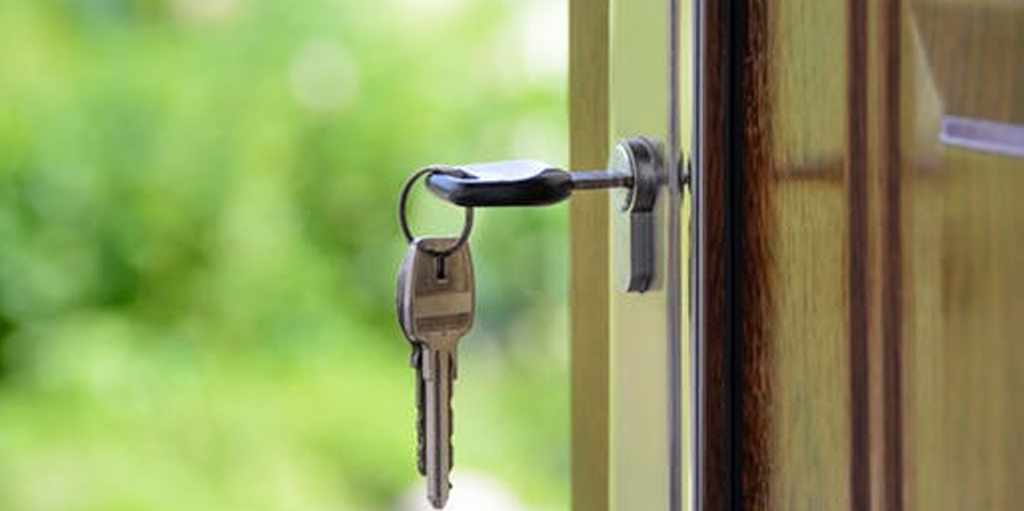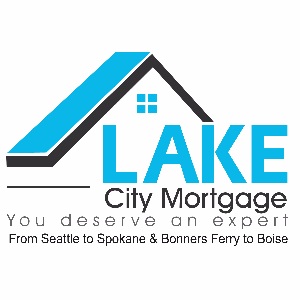
Homebuilder incentives present buyers with big decisions
___
Published Date 4/27/2018
The dictionary’s definition of the word incentive reads “a thing that motivates or encourages one to do something.” It’s also a word used by new homebuilders to encourage buyers to use their preferred lender by tying a certain amount of “play money” to the equation. These are funds can be applied toward the buyer’s design center choices for upgrades (higher-end appliances, hardwood floors, etc.) or toward financing, such as closing costs or a loan rate buy-down. While builder incentives are nothing new, it has always been a touchy subject for buyers, who often walk in to a builder’s subdivision pre-approved by their own lender.
The first thing new homebuyers should understand is that they are always free to use whichever lender they choose —be it their credit union, their bank, or even their cousin who happens to be a mortgage guy. That’s the law. If they do decide not to use the builder’s lender, however, the builder is not bound to offer incentive monies.
Exceptions do exist. If the builder’s lender cannot provide the same product as the outside lender, OR if the builder can’t broker the deal through the buyer’s desired lender, the incentive may still apply.
It’s wise to look at both sides of this equation. Why do builders sometimes ‘sweeten the pot,’ so to speak, for buyers to use their own preferred lender? For one, builders take a lot of risk in building a home and then tying it up until close of escrow, which may take up to 6 months after their buyers sign on the dotted line. Pre-approvals do fall through, and it’s a double whammy if this happens at the last minute to a house customized to their buyers’ tastes. Multiply this risk for a subdivision of potentially hundreds of homes, and you might get the picture.
An in-house lender (one owned by the same entity that owns the builder), whose only priority is to its builder accounts, must not only get buyers pre-approved in a timely fashion for the house construction to proceed. It must also educate the builder on whether it is prudent for them to take a particular home or home site off the market for what may be an extended period of time. This is the “well-oiled machine” of sales, construction, lender, and design center personnel, all of whom meet regularly to track progress on every facet of the home buying and homebuilding process. Their goal is a seamless build as well as a seamless closing, handing buyers the keys once their names are on record without having to “carry” the house a day longer than necessary —hopefully just in time for the moving van to arrive. But an outside lender will be just as concerned about accountability, as their credibility is on the line as well and a seamless close can mean future business for them, possibly even referrals. And unlike the in-house lender, they are capable of refinancing the loan down the road if warranted. Outside lenders can often be more competitive with pricing, potentially saving borrowers thousands of dollars over the life of the loan, freeing them up to buy their own upgrades after close of escrow.
There is no doubt about it. Tying thousands of dollars in incentives to using an in-house lender gives buyers little reason to shop around. However, it’s prudent to take note of the builder’s lender’s rates and loan programs and check to see if they are competitive. Do an apples-to-apples comparison on their loan with outside lenders.
Builder incentives can get you that surround sound system you’ve always dreamed of without having to put out any long-term money up front, but in the end anything you spend over and above the incentive monies will be added to the loan principal unless, of course, you don’t pay for it outright. This usually works out well for cash-strapped buyers who have holes in their pockets for a while after the move-in.
What can buyers do to feel reassured that they are getting the best deal? They can “shop” their loan and make a decision based upon their own bottom line. If they are already pre-approved by their own lender when they walk into a builder’s sales office and are happy with that loan program, they can either forgo the builder’s incentives altogether or they can try to make the builder’s lender to match the program and rate they already have. Your mortgage payment is something you’ll be living with for a good, long time. So whichever lender you choose, we think they will agree that it’s always best to be aware of all your options.
Source: TBWSAll information furnished has been forwarded to you and is provided by thetbwsgroup only for informational purposes. Forecasting shall be considered as events which may be expected but not guaranteed. Neither the forwarding party and/or company nor thetbwsgroup assume any responsibility to any person who relies on information or forecasting contained in this report and disclaims all liability in respect to decisions or actions, or lack thereof based on any or all of the contents of this report.
http://nmlsconsumeraccess.org/


Peter Sweeney
Loan Officer
License: NMLS 87705
Lake City Mortgage
1875 N Lakewood Dr #102, Coeur dAlene ID
Office: 208-640-5626
Cell: 208-640-5626

Peter Sweeney
___
Loan Officer
License: NMLS 87705
Cell: 208-640-5626
 Lake City Mortgage
Lake City Mortgage